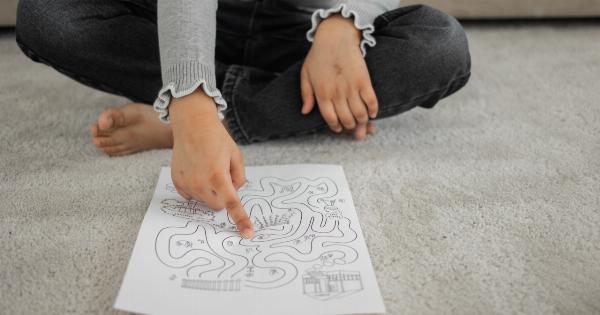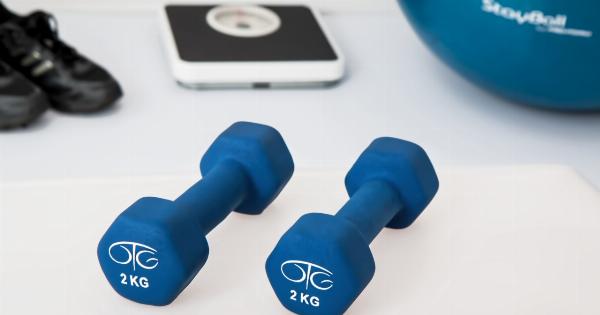Perhaps one of the most common health issues faced by many people today is the problem of bladder incontinence.
This issue is particularly predominant in women who have undergone childbirth, men who have undergone prostate surgery, and individuals who have experienced an injury to the spinal cord or pelvic area. While many people resort to medication or surgery to treat bladder incontinence, it is not uncommon for these treatments to be invasive, expensive, and fraught with side effects.
However, with advances in medical technology, a revolutionary technique for bladder coccyx treatment has been developed that is non-invasive, cost-effective, and produces significant results.
What is Bladder Coccyx Treatment?
Bladder coccyx treatment is a technique that is often used to treat bladder incontinence. It involves the use of a device that is inserted into the vagina or rectum and helps to strengthen the muscles in the pelvic floor.
The device is designed to provide targeted electrical stimulation to the muscles in this area, which helps to improve their strength and function. This technique is particularly useful for individuals who have weakened pelvic muscles due to pregnancy, childbirth, aging, injury, or surgery.
How Does Bladder Coccyx Treatment Work?
Bladder coccyx treatment works by using electrical stimulation to strengthen the muscles in the pelvic floor. This technique involves the use of a small, handheld device that is inserted into the vagina or rectum.
The device emits electrical impulses that stimulate the muscles in this area, causing them to contract and relax in a way that builds strength and endurance. Over time, this technique can help to improve bladder control and reduce the incidence of incontinence.
Who is a Good Candidate for Bladder Coccyx Treatment?
Anyone who is experiencing bladder incontinence may be a good candidate for bladder coccyx treatment. This technique is particularly useful for individuals who have weakened pelvic muscles due to pregnancy, childbirth, aging, injury, or surgery.
It can also be effective for individuals who have urinary urgency or frequented due to an overactive bladder. However, it is important to note that this technique may not be suitable for individuals who have certain types of medical conditions, such as pacemakers or other electronic implanted devices, or those who are pregnant.
What are the Benefits of Bladder Coccyx Treatment?
There are many benefits of bladder coccyx treatment, including:.
- Non-invasive: Unlike surgery, bladder coccyx treatment is a non-invasive procedure that does not require an incision or the use of general anesthesia.
- Safe: This technique has been shown to be safe and effective for the treatment of bladder incontinence.
- Effective: Many individuals who undergo bladder coccyx treatment experience a significant improvement in their bladder control and a reduction in the incidence of incontinence.
- Cost-effective: Compared to surgical procedures and medications, bladder coccyx treatment is a cost-effective option for the treatment of bladder incontinence.
- Minimal side effects: This technique is associated with minimal side effects, which generally include mild discomfort or irritation in the pelvic area during or after the procedure.
What is the Procedure for Bladder Coccyx Treatment?
The procedure for bladder coccyx treatment is relatively simple and straightforward. It typically involves the following steps:.
- The patient will be asked to lie down on an examination table.
- The healthcare provider will insert a small, handheld device into the patient’s vagina or rectum.
- The healthcare provider will then use the device to deliver electrical stimulation to the muscles in the pelvic floor.
- The patient will feel a mild, tingling sensation in the pelvic area during the procedure.
- The procedure typically lasts for about 30 minutes to an hour.
What are the Results of Bladder Coccyx Treatment?
The results of bladder coccyx treatment can vary depending on the individual and the severity of their bladder incontinence.
However, many individuals who undergo this treatment experience a significant improvement in their bladder control and a reduction in the incidence of incontinence. In some cases, patients may need to undergo multiple treatments to achieve optimal results.
Conclusion
Bladder incontinence can be a frustrating and embarrassing condition to deal with. However, with advances in medical technology, there are now non-invasive, cost-effective, and safe techniques available for the treatment of this condition.
Bladder coccyx treatment is one such technique that has been shown to be effective in improving bladder control and reducing the incidence of incontinence. If you are experiencing bladder incontinence, talk to your healthcare provider about whether bladder coccyx treatment may be an option for you.






























